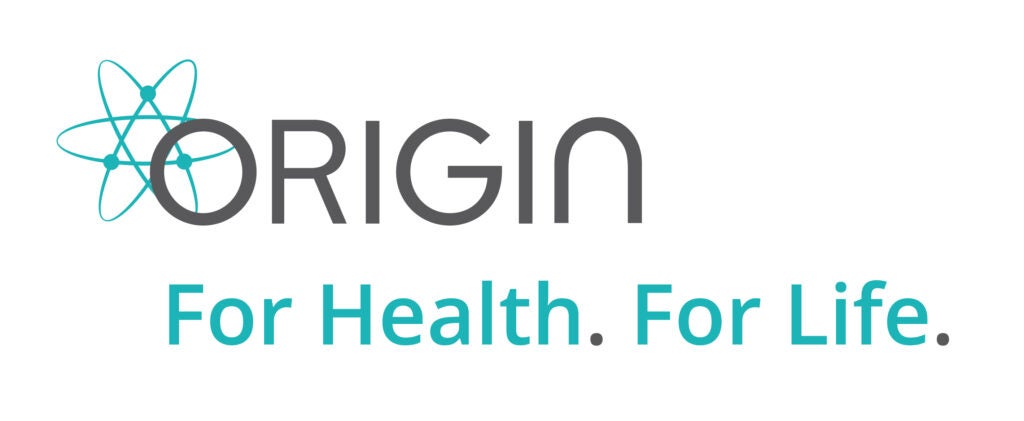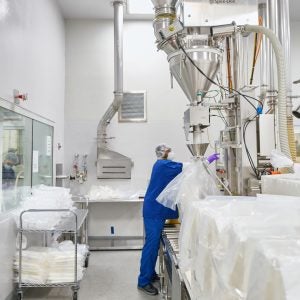Choosing the Best Tamper-Evident Packaging
Tamper-evident packaging is a form of packaging, which is designed to protect products and provide additional security for users. Tamper-evident packaging is used in many industries, and it offers a wide range of benefits for organisations and their customers. In some sectors, such as pharmaceuticals, companies must adhere to government requirements linked to the use of tamper-evident primary packaging, while in other sectors, it provides security throughout the supply chain and purchase by the consumer.
The main aims of utilising tamper-evident packaging include:
- Preventing unwrapping and opening by unauthorised parties.
- Preventing access to the container or product.
- Providing advice and information for the customer to eliminate the risk of using goods that may have been tampered with (for example, instructions, including ‘do not use if the seal is broken’).
- Protecting and preserving the contents.
What is the difference between tamper-evident packaging and child-resistant packaging?
Tamper-evident and child-resistant packaging are two of the common requirements for certain products by law. If tamper-evident packaging has been used, the user will be able to see that a seal or a covering is missing or that it has been disturbed or damaged. Sometimes it is possible for signs of disturbance to be covered up or concealed, leading brands to choose some more secure packaging styles over others. Tamper-evident packaging has at least one barrier. If this barrier or multiple indicators are damaged, breached, missing or disturbed, there will be a clear, visible sign.
Common examples of tamper-evident packaging include:
- Blister packaging
- Lid films
- Resealable packaging pouches
- Foil linings
- Plastic seals
- Tamper-evident tape
- Breakable rings
What are the benefits of tamper-evident packaging?
There are multiple benefits of using tamper-evident packaging for products ranging from food, drink and cosmetics to pharmaceuticals. Here are some of the primary reasons to use tamper-evident designs:
1. Enhancing safety
The most significant benefit for most organisations, particularly those within the healthcare and pharmaceutical industries, is to enhance safety. It is vital to ensure that products, such as medicines, reach the end user in pristine condition and to prevent tampering at all costs. Consuming drugs that have been tampered with could have very serious implications. There is a risk that the medicine could have been altered or that users receive counterfeit or unsafe goods.
A UK survey suggests that over 30% of consumers who have bought counterfeit medications have experienced adverse effects. If a product has been tampered with, there is a risk that it could be counterfeit or that it could spoil or expire, which could also cause health issues.
Using robust tamper-evident packaging not only reduces the risk of tampering but it provides a clear warning sign for the recipient. If a seal has been broken on a drug bottle or a blister pack, for example, the customer or patient will be able to identify evidence of tampering.
2. Protecting the product
Using tamper-evident packaging reduces the risk of damage in transit, protecting the product and increasing the chances of the user receiving the item in pristine condition. This is beneficial for customers and businesses. Companies can benefit by reducing the risk of losses and enhancing brand reputation. If customers receive products that have been damaged or disturbed and they can’t use them, this will impact their perception of the brand. Negative experiences can be costly. Over 90% of consumers will leave a business due to poor customer service.
3. Lowering the risk of counterfeit medicines
Counterfeit medicines are a significant problem within the pharmaceutical industry. In some countries, the proportion of counterfeit drugs is as high as 19%. Using tamper-evident packaging helps to stamp out falsification and discourage parties from distributing fake products, which also protects customers.
4. Providing peace of mind
Tamper-evident packaging can provide peace of mind for customers, as they can rest assured that the item they receive has not been tampered with or disturbed if there are no indicators, such as broken seals. Every consumer wants to have confidence that the products they buy and use meet the relevant quality and safety standards.
Regulations affecting tamper-evident packaging
There are regulations in place within some industries to offer additional protection and safety benefits for consumers and lower the risk of counterfeit or dangerous products. Tamper-evident packaging plays a critical role in protecting customers and product users within the pharmaceutical sector.
Guidelines introduced in 2019 as part of the Falsified Medicines Directive mean that prescription medications and some over-the-counter drugs sold and distributed in the EU must have an anti-tamper device and a unique identifier code. The anti-tampering device is fitted to the outside of the container or packaging to provide visible evidence of tampering, for example, a broken or damaged seal.
Post-Brexit, the pharmaceutical industry in the UK adheres to guidance from the Medicines and Healthcare products Regulatory Agency (MHRA). From January 2021, companies and organisations were given a maximum of 36 months to ensure that products that are intended for UK customers are fully compliant with MHRA regulations. According to guidelines, medicines, which have a marketing authorisation valid only in Great Britain, do not need a unique identifier but the MHRA strongly recommends the use of anti-tamper devices.
Tamper-evident packaging plays a crucial role in protecting consumers and ensuring products reach end users in perfect condition. In some industries, including the pharmaceutical sector, anti-tamper packaging is required to prevent damage, enhance safety and ensure that customers receive genuine, safe products. Tamper-evident packaging provides clear evidence of tampering or disturbance, eliminating the need for guesswork and providing peace of mind. Using tamper-evident packaging reduces the risk of counterfeit medication, while also protecting users from unsafe products stored in containers that are not secure.
How to choose the best tamper-evident packaging?
When choosing your tamper-evident packaging, there are a few top considerations:
- Ensure your tamper-evident closure is compatible with the container; for example, the shape of a bottleneck which provides for the break-off tamper band.
- If your packaging also requires child resistance, consider a container that offers both functions in the same packaging combination. This may save you time and resource in manufacturing and filling.
- Finally, be sure to opt for a product that will be easy for the consumer to use once the product is open.






